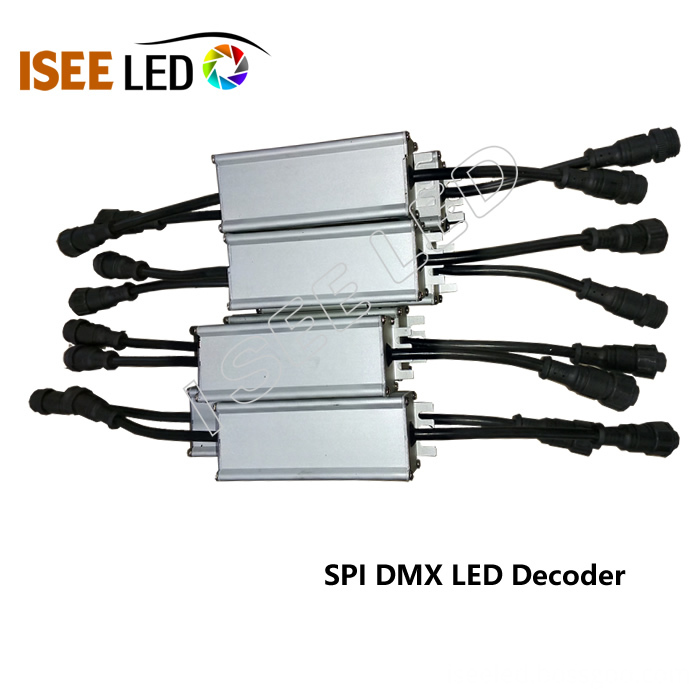People living in the present are increasingly embracing the use of ground source heat pumps. However, widespread adoption does not necessarily mean that people fully understand how these systems work. More and more individuals are using ground source heat pumps, but many still lack a clear understanding of how groundwater is managed during the design process of such systems. As a result, even though many people are using these units, they often do not make informed choices about their installation or operation.
Once the groundwater passes through the heat pump unit, it only exchanges heat and its water quality remains largely unchanged. When this water is recharged back into the ground or discharged into surface water bodies, the claim that the original water source will not be polluted should be approached with caution. Proper management is essential to avoid unintended environmental impacts.
For example, in regions like Guangdong, Guangzhou, and Shenzhen, where summers are long and cooling demands are high while heating needs are minimal, the imbalance between cooling and heating loads makes it less suitable for ground source heat pump systems. The large cooling load is not effectively offset by the small heating demand, making it difficult to achieve a balanced system. Therefore, it’s generally not recommended to use ground source heat pumps as the primary source of heating and cooling in such areas.
The ground source heat pump air conditioning system is still in its early stages of development in China. It requires careful adaptation to local conditions, including regional energy characteristics, hydrogeological factors, and comprehensive planning. Gradual promotion of this technology can help optimize the energy structure while ensuring environmental protection. Improving energy efficiency is also a key priority moving forward.
**Groundwater Treatment**
The quality of groundwater varies significantly from one region to another. In real-world projects, it's crucial to test the local groundwater quality and treat it accordingly if it doesn’t meet the required standards. If the groundwater contains a high amount of sand, a filter or sand removal device should be installed. A cyclone-type sand remover, which is compact, efficient, and allows continuous water supply without interruption, is commonly used for this purpose.
The type and number of sand removal equipment should be chosen based on the flow rate. Some water sources have high turbidity, which may cause clogging of the tube filters or aquifers during recharge, affecting the stability and lifespan of the water system. For such cases, a water purifier can be added to ensure proper filtration.
When the iron content in the water exceeds 0.3 mg/L, iron removal equipment must be included in the system. In China, the iron content in groundwater often surpasses acceptable limits, so it’s important to remove iron before using the water. Ion bar anti-scalers are an advanced water treatment solution that offers anti-scaling, descaling, corrosion prevention, and low power consumption. These devices are easy to install, placed horizontally at the inlet of the heat pump unit, and eliminate the need for additional valves or bypass lines.
Some water sources have high mineralization levels, making them more corrosive to metal components. Direct use of such water could shorten the lifespan of the heat pump unit. Treating the water to reduce mineralization is expensive, so an alternative is to use a plate heat exchanger to isolate the groundwater from the unit, protecting it from corrosive effects. Different salinity levels of groundwater require tailored heat exchange methods and equipment to ensure optimal performance.
SPI DMX LED Decoder
This pwm decoder is able to accept 12-24VDC. 2811 dmx decoder is able to accept DC5V or DC6-24V. Led light test mode available with our decoder . The DMX to SPI converter is designed with advanced microchip technology to convert the universal standard DMX512/1990 signal into standard SPI(TTL) signal to control LED lights based on WS2801, LP6803, or similar chips. Each decoder can decode 512 channels. This compact decoder connects to DMX Devices like Luna, ISEELED DMX controller or any DMX light controller allowing its user to create endless possibilities and light shows.
Photo show of SPI DMX LED Decoder:

Spi Dmx Led Decoder,2811 Dmx Decoder,24V Led Dmx Spi Decoder,Dmx To Spi Led Decoder
Shenzhen Iseeled Technology Co., Ltd. , https://www.iseeledlight.com
